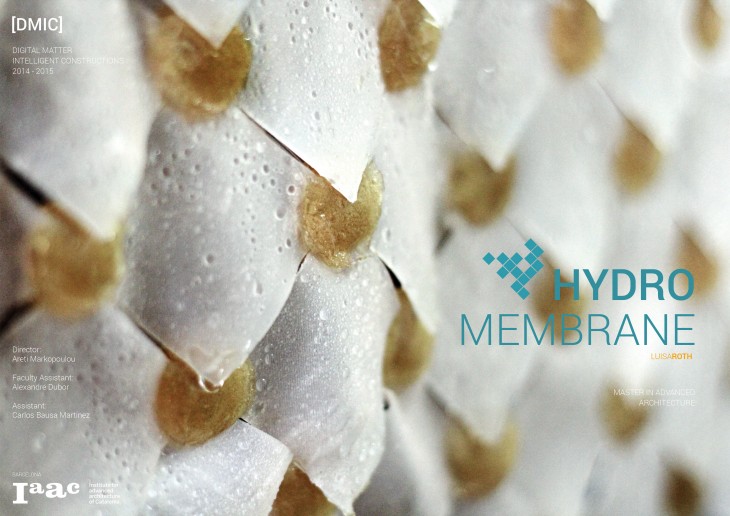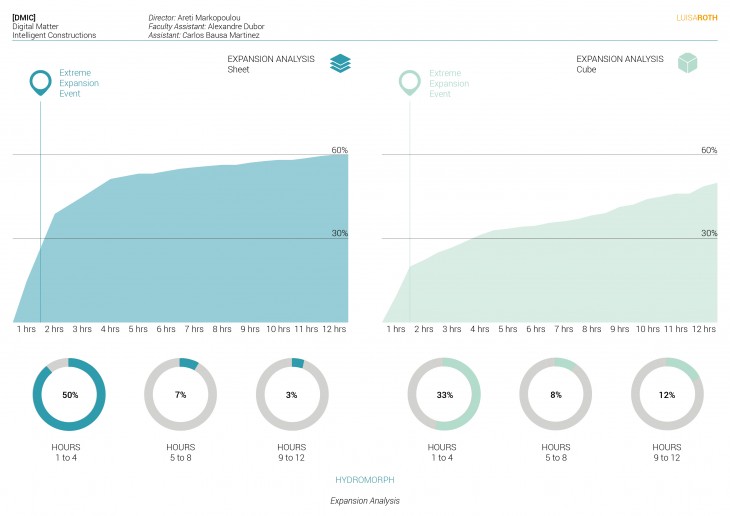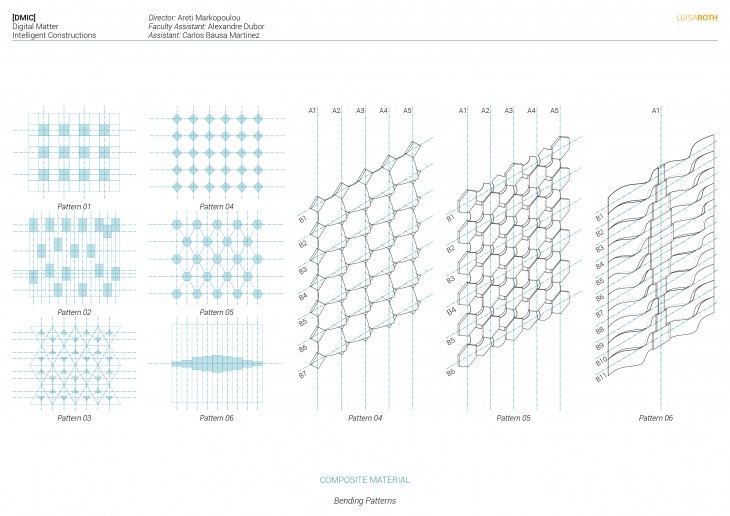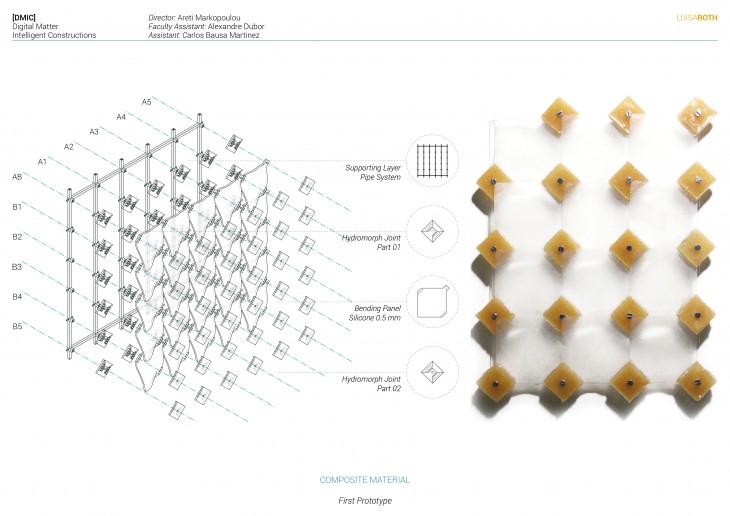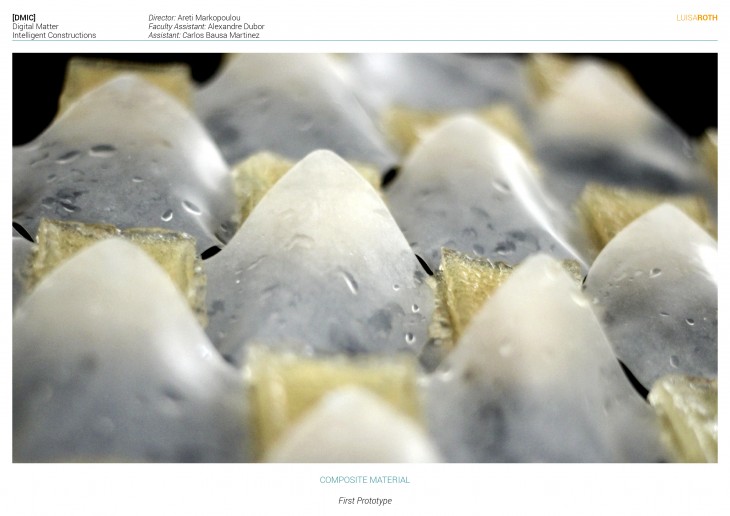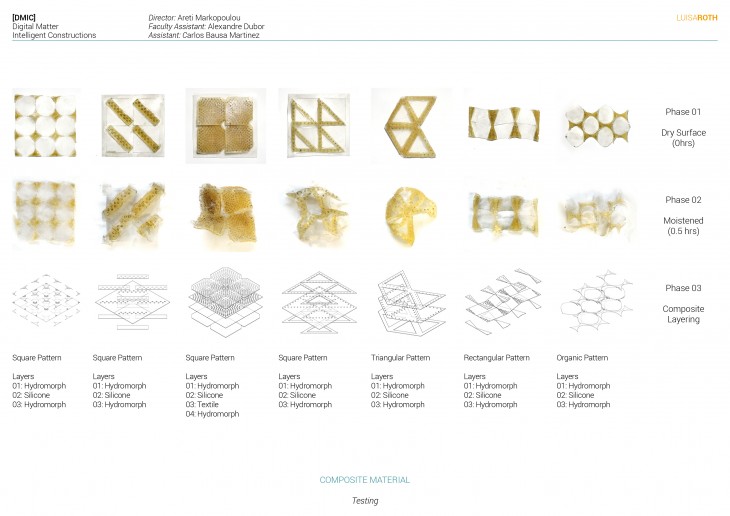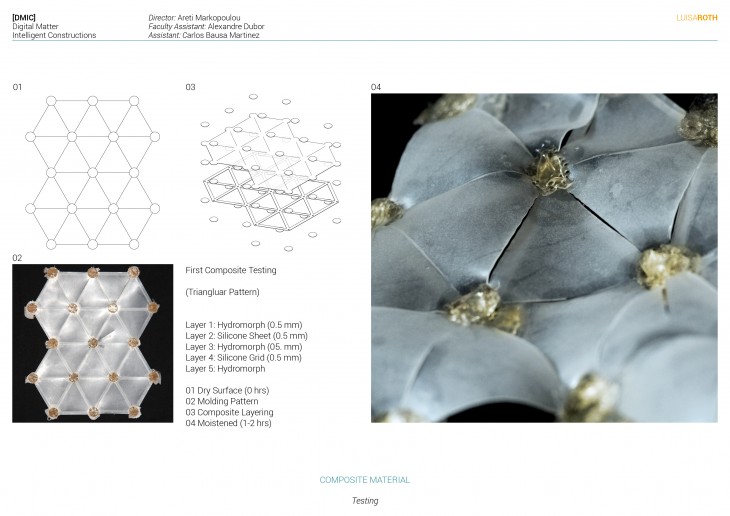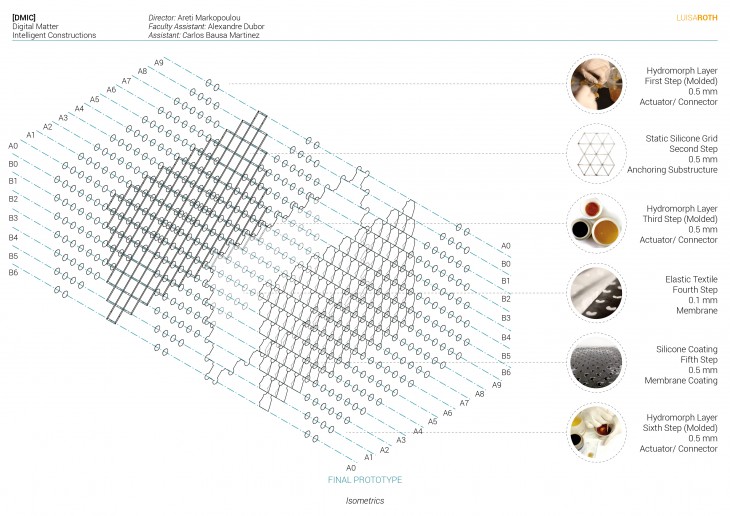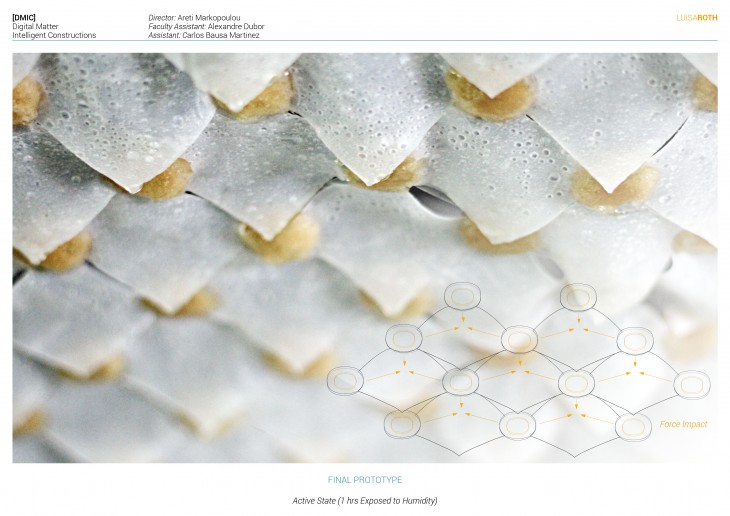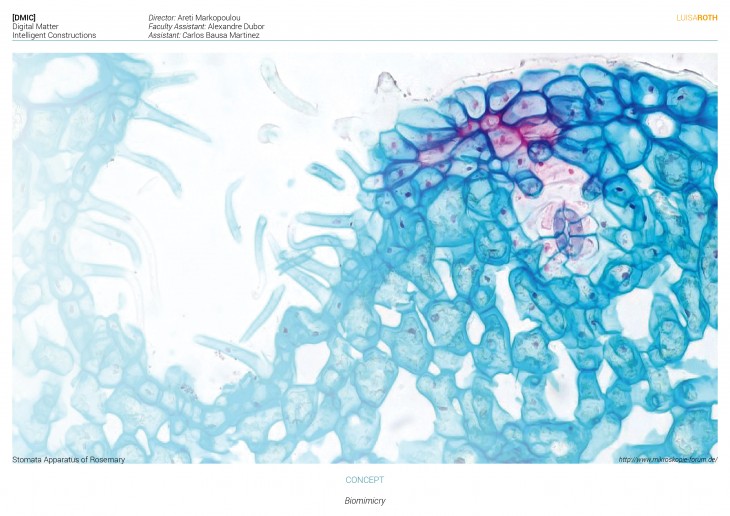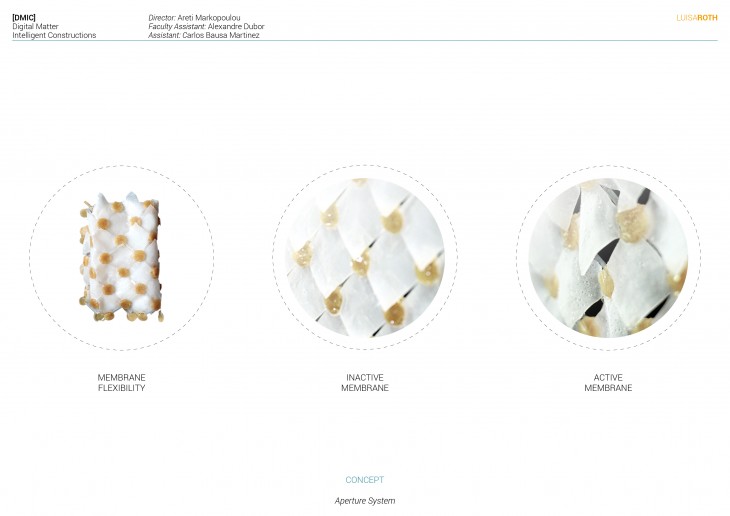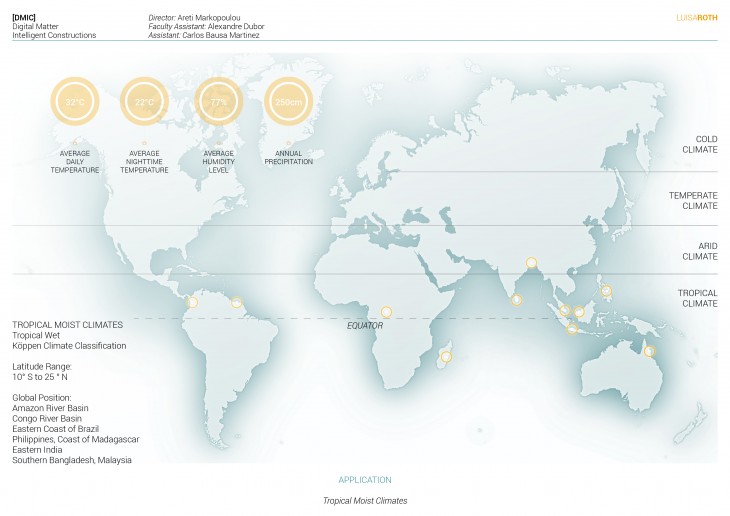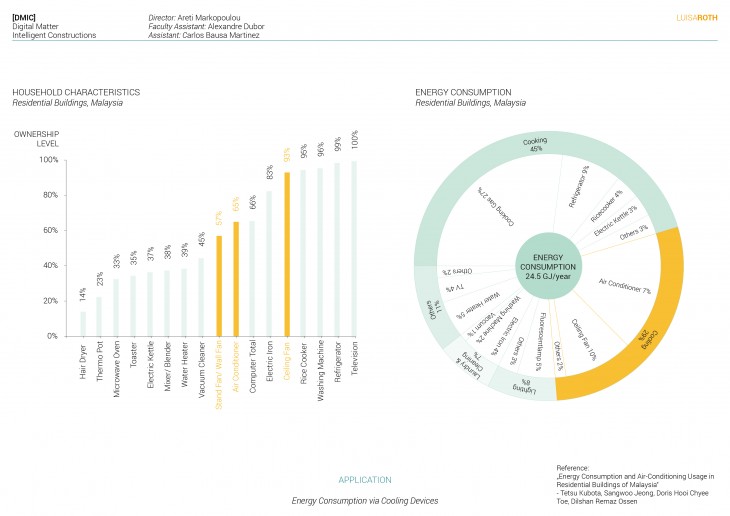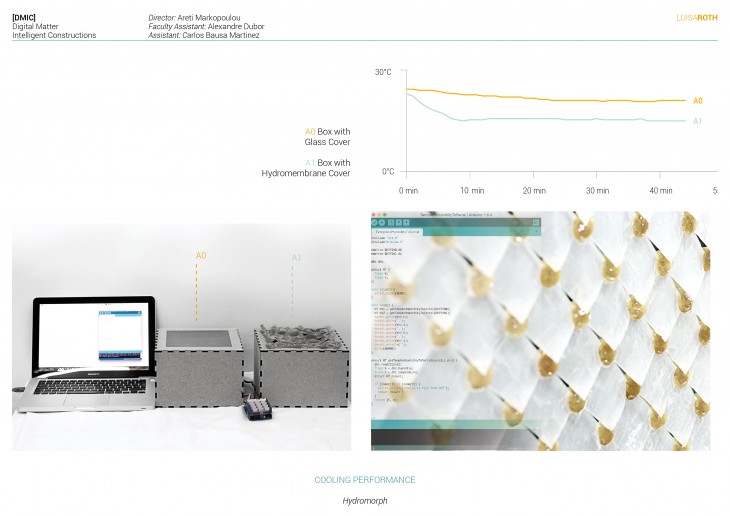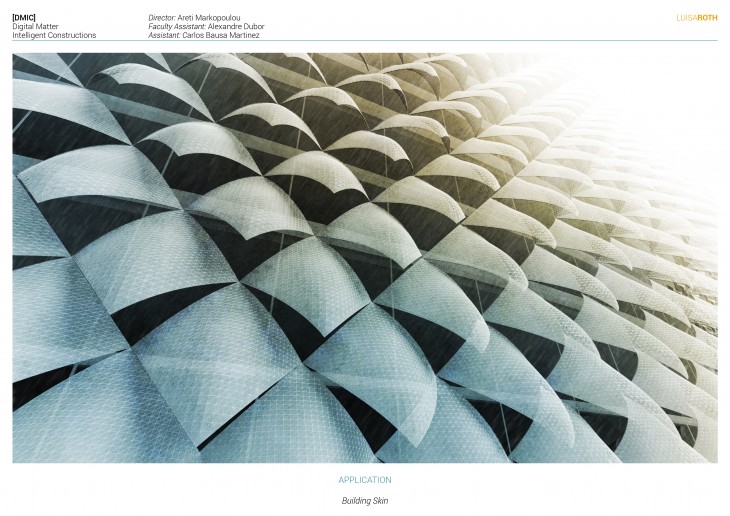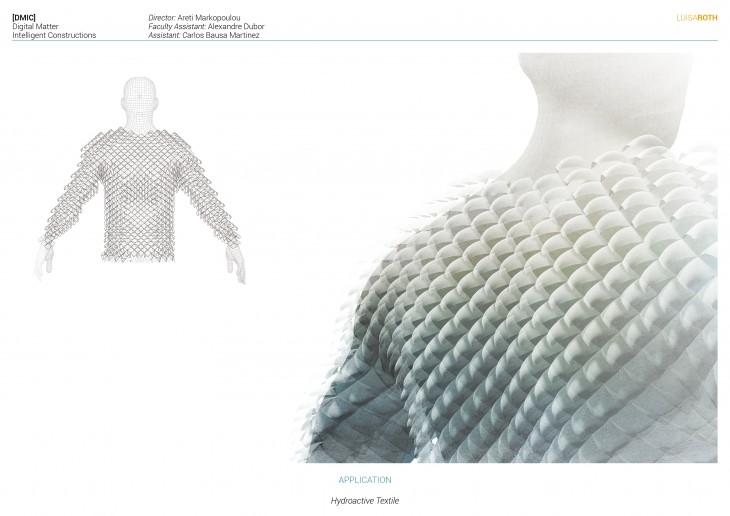Contemporary architectural trends of predominantly glazed facades correspond to the human desire of maximal daylight and transparency inside of their built environment. However, such large glazed areas come along with a large amount of solar radiation which has a major impact on a building’s interior tempering.
Particularly in such regions with tropical climatic conditions the probability of overheating is supplemented with a frequent lack of air ventilation due to constantly high ambient humidity. High energy consuming ventilation and air conditioning systems are often required to provide a pleasant indoor climate. For instance the number of private households with air-conditioning in Malaysia have increased from 13.000 in 19070 (0.8%) to 775.000 in 2000 (16.2%). In fact, 29% of the total yearly Energy Consumption of Malaysia (24.5 GJ/ year) is used for cooling processes, including Air Conditioning systems and ceiling fans.
Within the scope of this research project the approach is to provide solutions for the central problem of poor ventilation and overheating at hot and humid locations by identifying if a facade envelope can operate as a self-regulating system responding to individual environmental conditions.
This research project speculates biomimetic ventilation and cooling strategies responding to climatic and seasonal environmental parameters. The Hydromembrane is a humidity sensitive composite system which can be introduced to different potential applications, at a macro- or a micro-scale.The membraneconsists of six layers and merging three materials with significantly different physical and chemical features. The Hydromembrane reacts to moisture as the input and responds with aperture deformations as a primer output. A secondary cooling effect appears due to the Hydromorph’s property of water absorption and evaporation. The aim of this research was to develop a passive composite material which benefits from the Hydromorph as a shape memorizing actuator.
The Hydromembrane is highly shape adaptive due to its flexibility and thinness. It can be applied as a second skin to existing buildings or as a smart textile. The membrane exhibits full shape memory without loss of definition. The system performs completely passive in contrast to ordinary ventilation and cooling systems which are highly energy consuming. Additionally, the Hydromorph is permanently durable which lowers the costs of maintenance in the long-term perspective.
This proposal suggests dynamism and adaptivity through transformation and shape shift, triggered by the Hydromorph’s main property of vast volume expansion. The Hydromembrane functions as a self-regulating composite system which effectively balances interior climates to satisfy human comfort criteria regarding humidity, temperature and air movement. Reacting according to environmental conditions the Hydromembrane is able to control interior humidity and temperature ratios.

